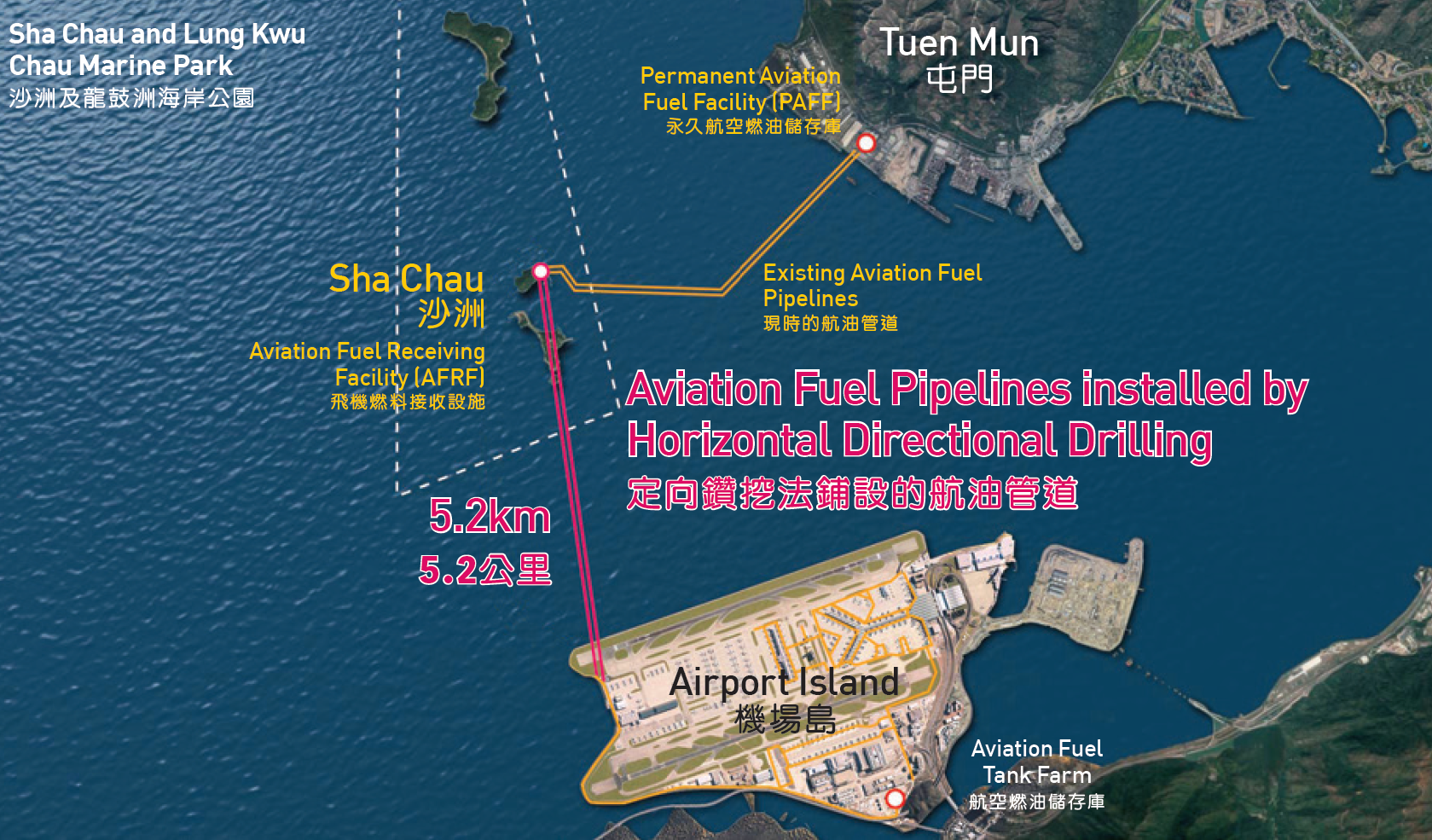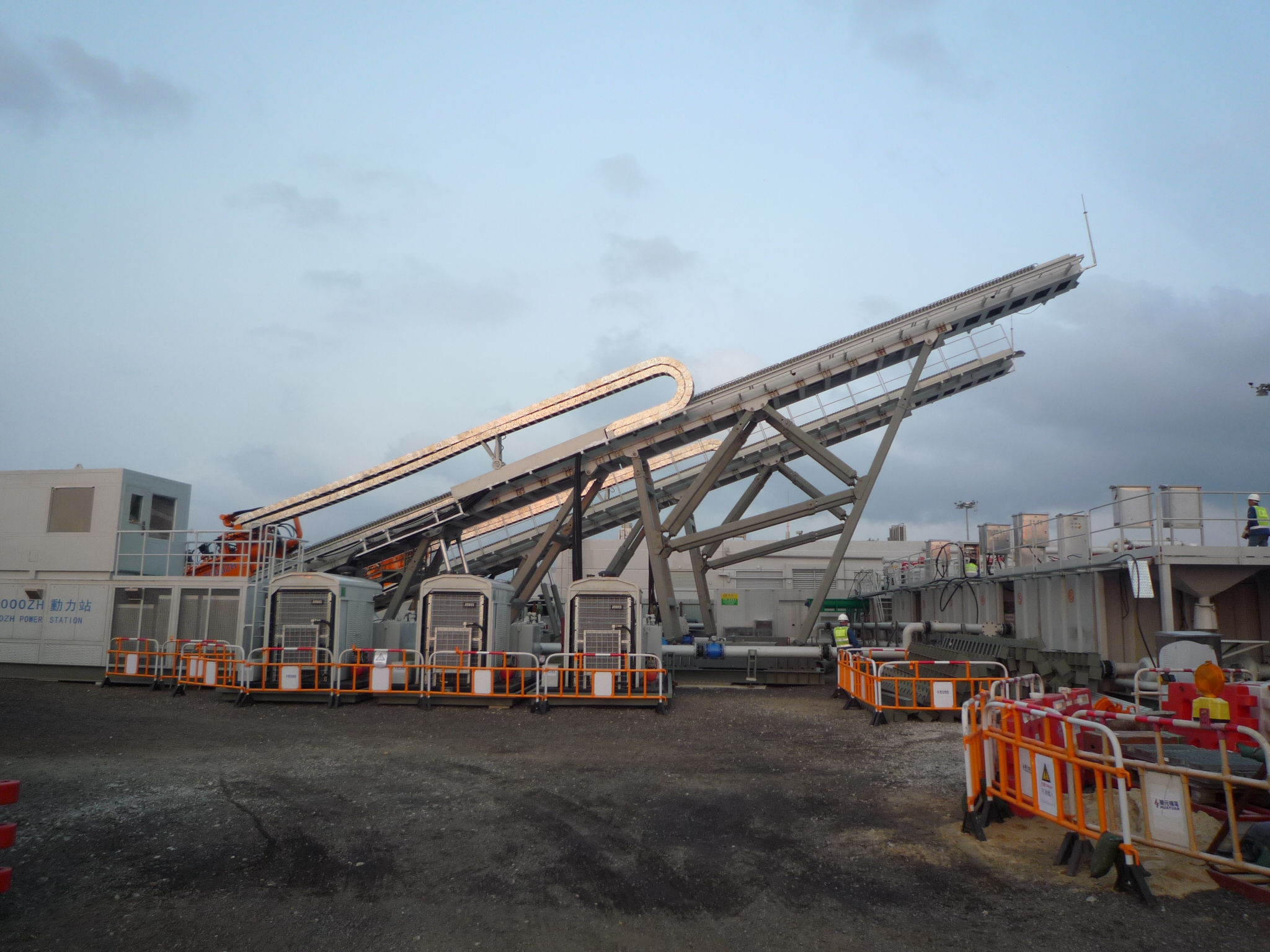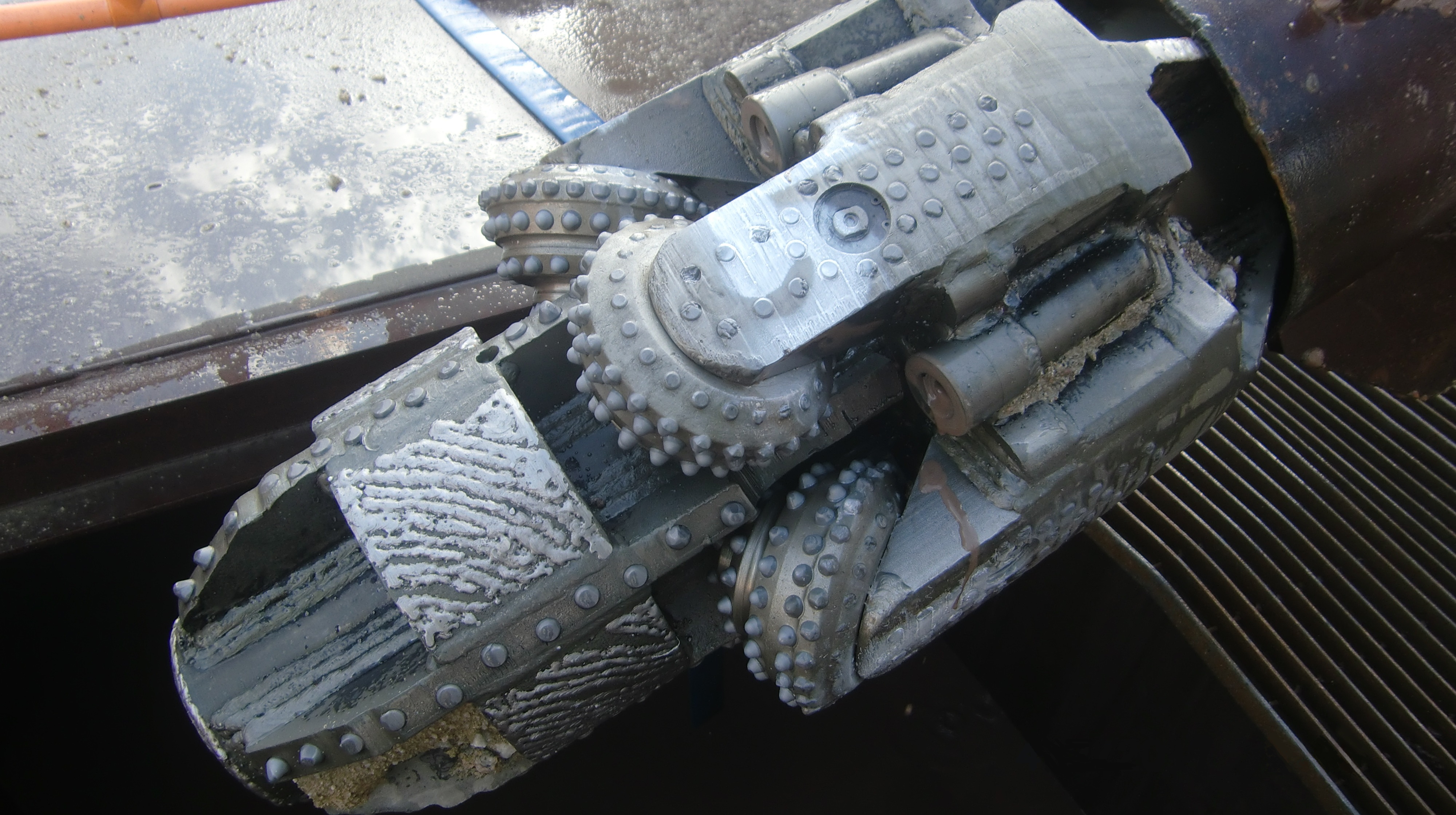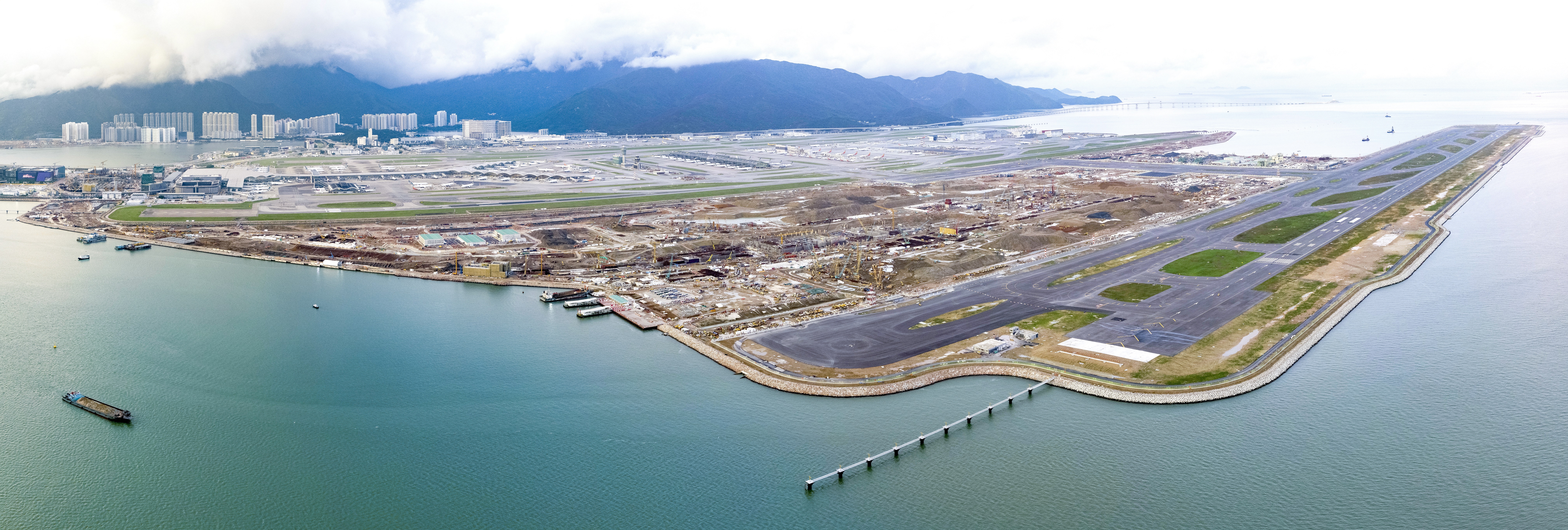New Aviation Fuel Pipelines Set World Record
In April 2018, the Airport Authority (AA) completed the installation of two 5.2-kilometre aviation fuel pipelines connecting the Aviation Fuel Receiving Facility at Sha Chau with Hong Kong International Airport (HKIA), one of the milestone achievements for the three-runway system (3RS) project.
The endeavour is the world’s longest pipeline installation using the environmentally-friendly horizontal directional drilling (HDD) technique. Involving no dredging of seabed, the HDD technique avoids any disturbance to the marine ecology. Aviation fuel used at HKIA is transported from the Permanent Aviation Fuel Facility in Tuen Mun to the Aviation Fuel Tank Farm on the Airport Island via the Aviation Fuel Receiving Facility at Sha Chau. As the original pipelines are located only 10 metres under the seabed and some sections are directly under the reclamation site for the 3RS, new pipelines are required to take over the continuous supply of fuel from the original ones.

The HDD method allows the new pipelines to be installed at the rock layer 100 metres below the seabed, thus posing no disturbance on the marine environment. During the installation, the AA adopted many additional environmental protection measures such as regular ecological and water quality monitoring. Measures were also implemented to make sure that egrets inhabiting the area would not be affected. For example, construction works were suspended during the breeding season of the egrets from April to July over the past two years. The drilling range was restricted to 100 square metres and containment pits were constructed around the drilling hole to prevent pollutants from seeping into the birds’ habitat.


It was concluded that the undertaking did not produce any adverse impact on water quality, marine environment and surrounding ecology. The new pipelines commenced operations in June 2018.
Other Updates
-
The Third Runway at Hong Kong International Airport Commissions
25/11/2022
-
Flights Land on Third Runway as Operation Familiarisation Commences
08/07/2022
-
Operation Familiarisation of Third Runway from 8 July 2022
02/07/2022
-
Aerodrome Licence for AAHK to Operate HKIA Renewed to Include Third Runway
31/05/2022
-
Aircraft Crash and Rescue Exercise Conducted on the Third Runway
24/05/2022
-
Third Runway Readiness Reaches Milestone
21/04/2022
-
Third Runway Flight Check Begins
26/03/2022
-
Aircraft Stands at HKIA Re-designated in Preparation for Three-runway System
15/03/2022
-
Three-runway System Development Crosses Milestone as Runway Re-designation Completed
02/12/2021
-
Completion of Third Runway Pavement Marks Major Milestone of 3RS Project
07/09/2021
-
14 Projects Granted Over HK$11 Million from Marine Ecology Enhancement Fund and Fisheries Enhancement Fund
06/08/2021
-
Eco-enhanced Seawalls Enrich Surrounding Marine Environment
30/11/2020
-
3RS Contractor Wins Globally-recognised Accolade
17/06/2020
-
Enhancing Marine Ecology and Promoting Sustainable Fisheries
31/05/2020
-
Reviving Pearl Farming in Hong Kong Waters
31/03/2020
-
First Automatic Weather Station for the Future Third Runway Installed
30/09/2019
-
Eleven Projects Granted Over HK$10 Million from Marine Ecology and Fisheries Enhancement Funds
06/08/2019
-
Eight Projects Granted the 3RS Marine Ecology and Fisheries Enhancement Funds 2018/19
23/07/2018
-
Nine Projects Granted Over HK$7 Million from the Marine Ecology and Fisheries Enhancement Funds
04/07/2017
-
Application Invitation to Funds for Enhancing Marine Ecology and Fisheries in December
22/11/2016
